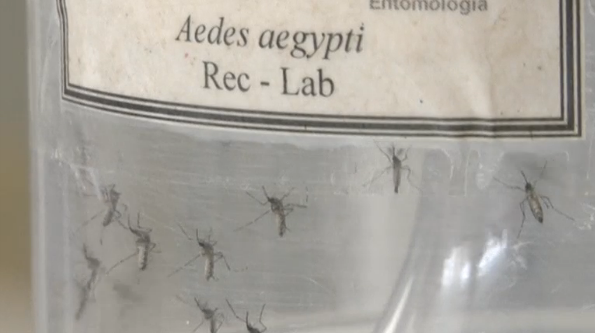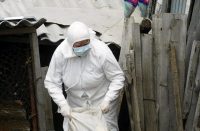
RIO DE JANEIRO, Brazil (Reuters) — The Brazilian healthy minister said on Tuesday (July 12) that the chance of being infected by the Zika virus during the August Olympic Games in Rio is less than one in 500,000, ensuring that all guarantees are in place for visitors’ safety.
“Rio de Janeiro is not the centre for Zika proliferation. People have been orientated by the World Health Organisation which has supported us in the measures we have taken along with the local Olympic committee, so the probability of a tourist getting Zika here in Brazil during the period of the Games is less than one in 500,000, which is practically zero,” Health Minister, Ricardo Barros told reporters in Rio.
Barros spoke at the launch of a new mobile phone app, “Health Guardians”, which encourages people to upload to the system a description of how they are feeling each day, allowing the health ministry to monitor the spread of infection diseases through “participatory vigilance”.
Using GPS, the app then suggests nearby pharmacies and emergency service units to respond to the symptoms reported.
“All the guarantees for the security of tourists, athletes and the Olympic family are complete,” said Barros.
Global health officials are racing to better understand the Zika virus, which has caused a major outbreak that began in Brazil last year and has spread to many countries in the Americas.
The World Health Organization has said there is strong scientific consensus that Zika is a cause of the birth defect microcephaly, or small heads in babies, as well as Guillain-Barre syndrome, a neurological disorder.







